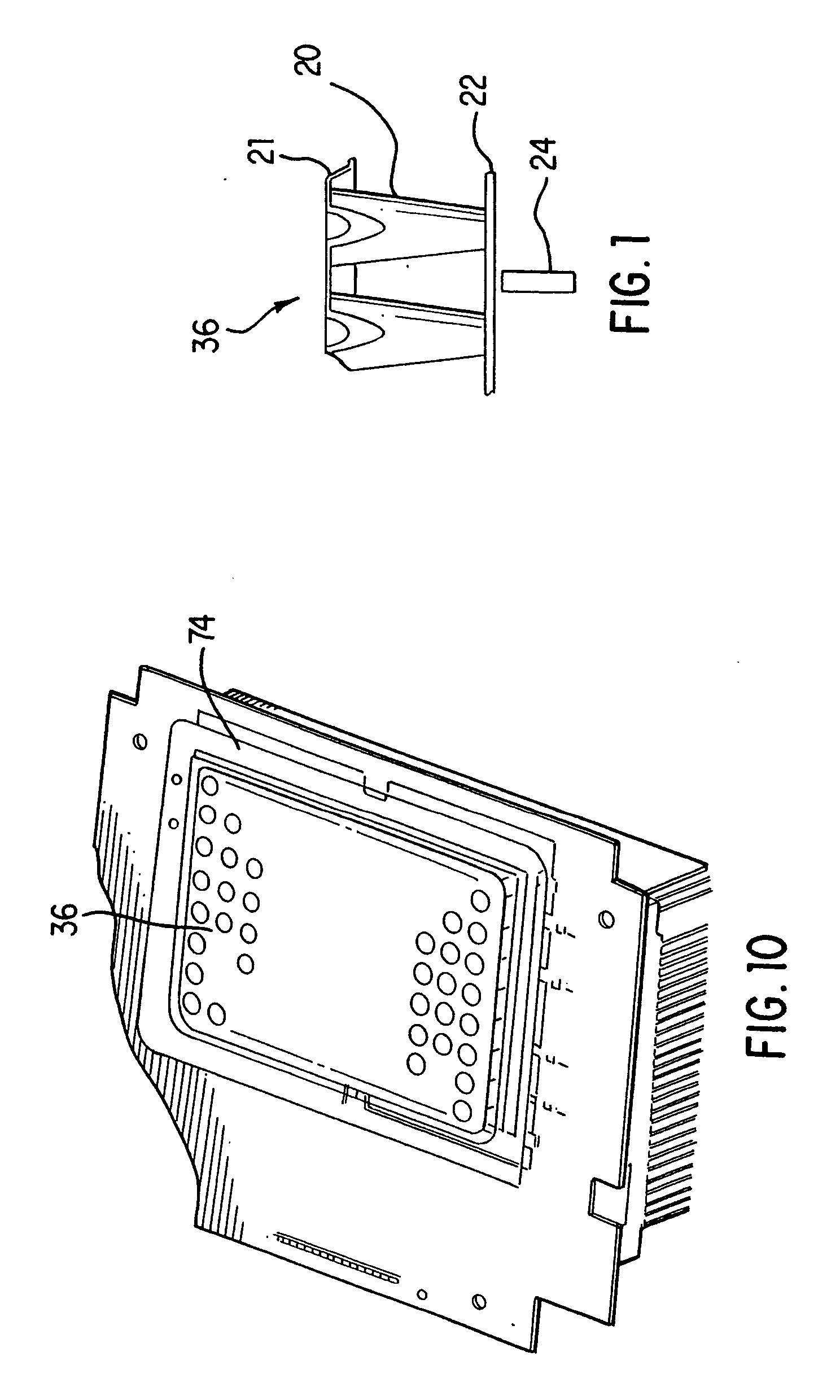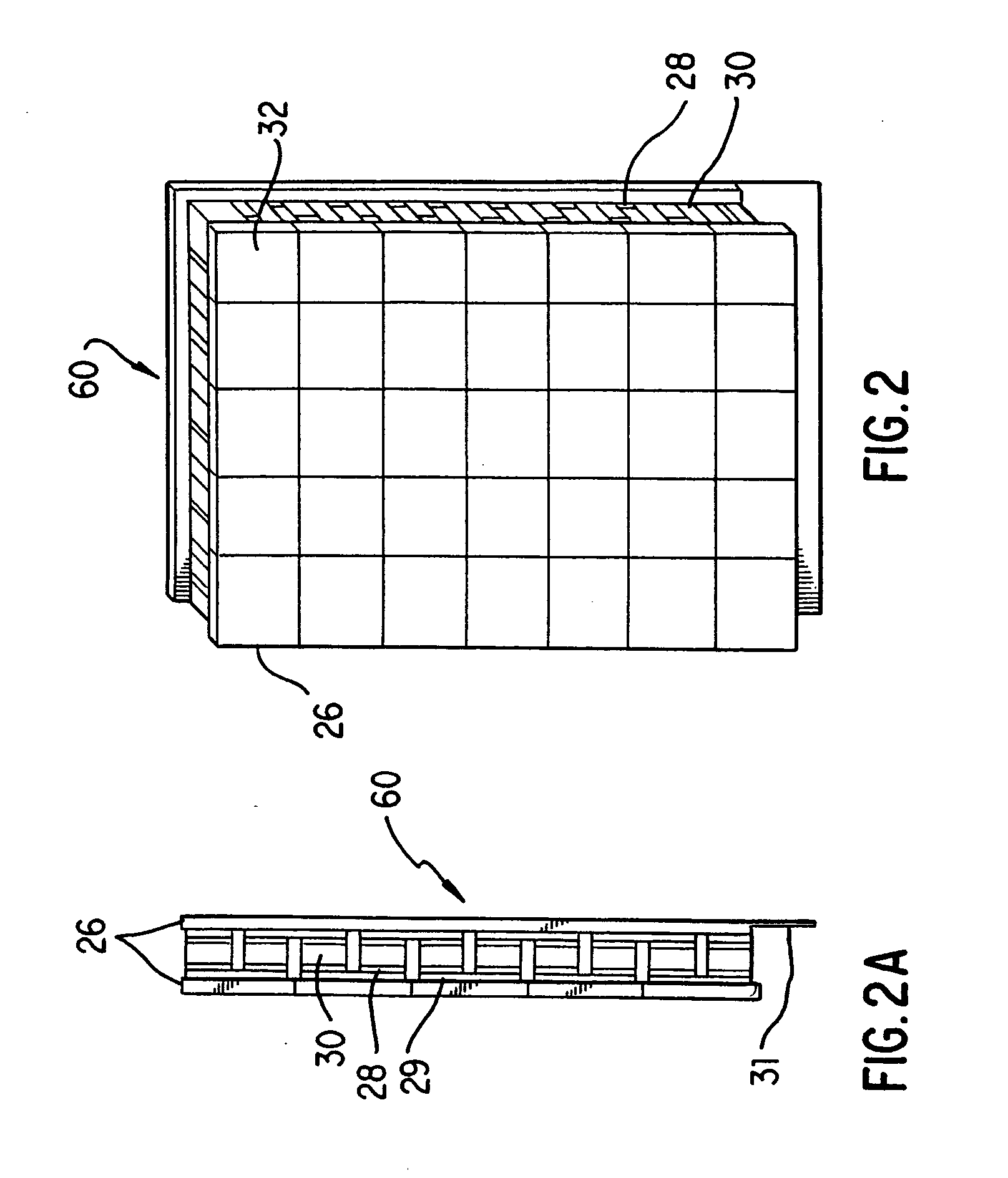Thermal cycler for PCR
a cycler and cycler technology, applied in the field of computer controlled instruments, can solve the problems of increasing the total time needed to complete the amplification, wasting energy, and wasting resources, and achieve the effect of less power, less power, and less thermal non-uniformity
- Summary
- Abstract
- Description
- Claims
- Application Information
AI Technical Summary
Benefits of technology
Problems solved by technology
Method used
Image
Examples
Embodiment Construction
[0035] Generally, in the case of PCR, it is desirable to change the sample temperature between the required temperatures in the cycle as quickly as possible for several reasons. First the chemical reaction has an optimum temperature for each of its stages and as such less time spent at non-optimum temperatures means a better chemical result is achieved. Secondly a minimum time is usually required at any given set point which sets a minimum cycle time for each protocol and any time spent in transition between set points adds to this minimum time. Since the number of cycles is usually quite large, this transition time can significantly add to the total time needed to complete the amplification.
[0036] The absolute temperature that each reaction tube attains during each step of the protocol is critical to the yield of product. As the products are frequently subjected to quantitation, the product yield from tube to tube must be as uniform as possible and therefore both the steady-state ...
PUM
| Property | Measurement | Unit |
|---|---|---|
| temperatures | aaaaa | aaaaa |
| temperatures | aaaaa | aaaaa |
| diameter | aaaaa | aaaaa |
Abstract
Description
Claims
Application Information
 Login to View More
Login to View More - R&D
- Intellectual Property
- Life Sciences
- Materials
- Tech Scout
- Unparalleled Data Quality
- Higher Quality Content
- 60% Fewer Hallucinations
Browse by: Latest US Patents, China's latest patents, Technical Efficacy Thesaurus, Application Domain, Technology Topic, Popular Technical Reports.
© 2025 PatSnap. All rights reserved.Legal|Privacy policy|Modern Slavery Act Transparency Statement|Sitemap|About US| Contact US: help@patsnap.com



